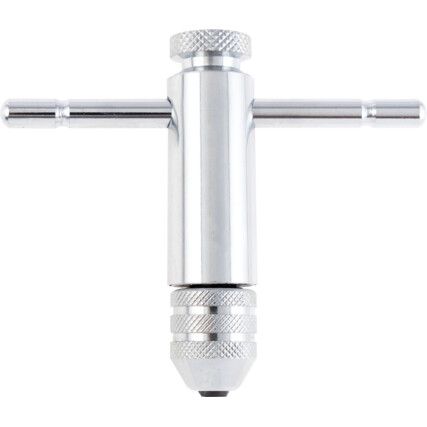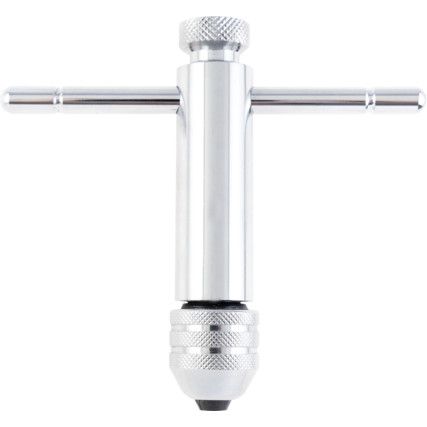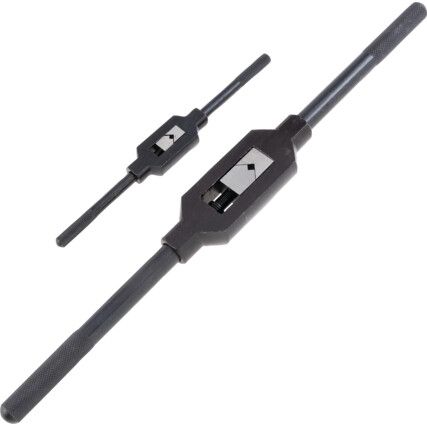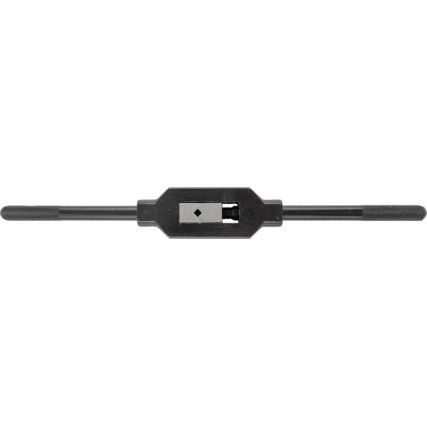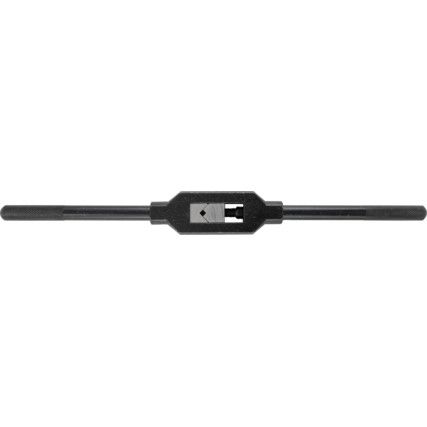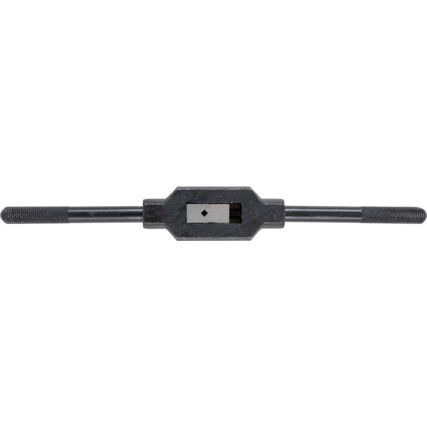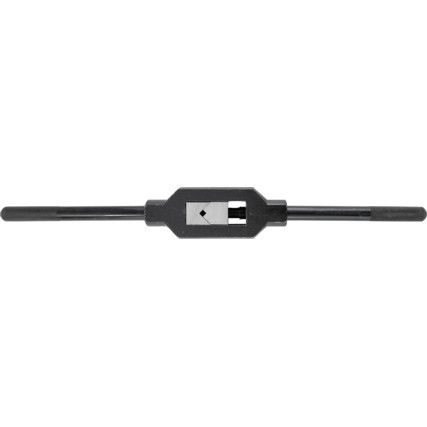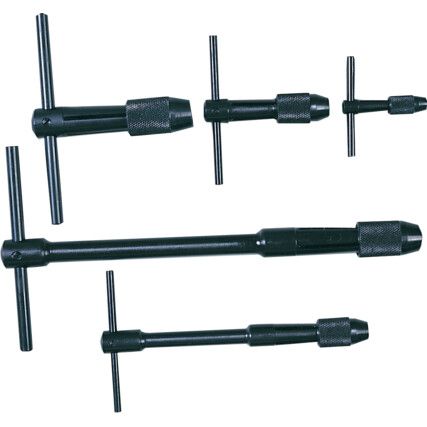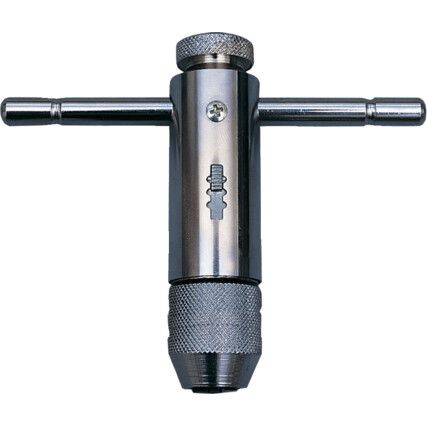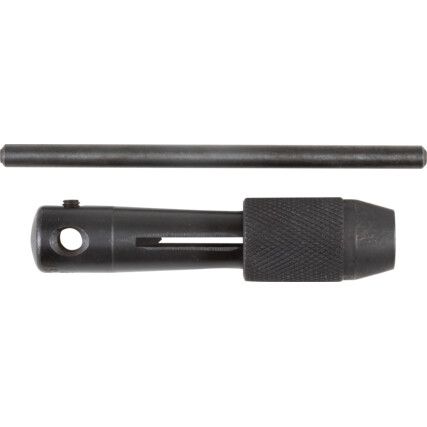Tap Wrenches
Hand tapping is the method of forming a thread in a drilled hole (referred to as a pilot hole) by hand using a cutting tool known as a tap. The tap cuts away material in the interior of the hole to form the thread in which a fastener (bolt or screw) can be inserted and tightened into place. Forming a thread by hand requires purchase and leverage to drive the tap into the hole and this is where a tap wrench comes into play.
Here at Cromwell, we stock a range of tap wrenches from our own brand Kennedy® as well as Eclipse Blue and Facom®.
What are tap wrenches?
Typically, there are two types of tap wrenches, double end adjustable wrenches and t-handle wrenches. Double end wrenches, also known as bar wrenches, are larger and used with larger taps in less confined spaces. T Both act as a lever point, the tap is inserted into the wrench and then aligned with the hole and turned (clockwise for standard threads) driving the tap into the hole to be threaded. The teeth of the tap cut into surface removing material an forming the thread.
Why tap wrenches?
Tap wrenches are a smaller solution to their larger counterpart and are therefore an ideal solution for threading holes in small workshops and garages.
When are tap wrenches used?
In industrial applications taps are usually used in conjunction with machinery, for smaller scale, workshop and hand applications a tap wrench is the ideal solution, as they can easily be stored in tool chests and take up much less room than industrial machines.
Tap wrench types
There are two main types of tap wrench, both, whilst generally used in the same manner are useful for different elements of hand-tapping.
• Double ended adjustable wrench - Also known as a bar wrench, the double end wrench comes in a variety of sizes but is most used for large taps. They offer greater leverage in larger workspaces.
• T-Handle wrenches - These wrenches feature a chuck mechanism that the tap slots into. They offer less leverage but are better for applications in more confined spaces.
Considerations when choosing a tap wrench
There are a few things to consider when choosing a tap wrench. For larger taps in more open working environments a double ended wrench offers more torque. For smaller sized tapping applications and in tighter workspaces, a T-handle wrench would be the optimum choice.
Tap wrench jargon buster
Clamp - Holds the tap in place when in use, prevents the tool rotating during the thread making process.
Chuck - Part of a T-handle tap wrench, resembles a drill chuck and operates much the same way as a slot for the tap to be inserted.
FAQs
How do I use a T-handle tap wrench?
To use a T-handle tap wrench, insert the tap into the chuck and tighten until the tap is secure in the wrench. Lining the tap up with the hole to be threaded turn the handle in a clockwise motion (for standard threads) and drive the tap into the pilot hole.
What materials are tap wrenches made from?
Commonly tap wrenches are manufactured from steel for increased durability. Double ended adjustable wrenches may have a head made from zinc or equivalent metals, with steel handles, whilst a T-handle wrench is likely to be made from steel or high-speed steel.
